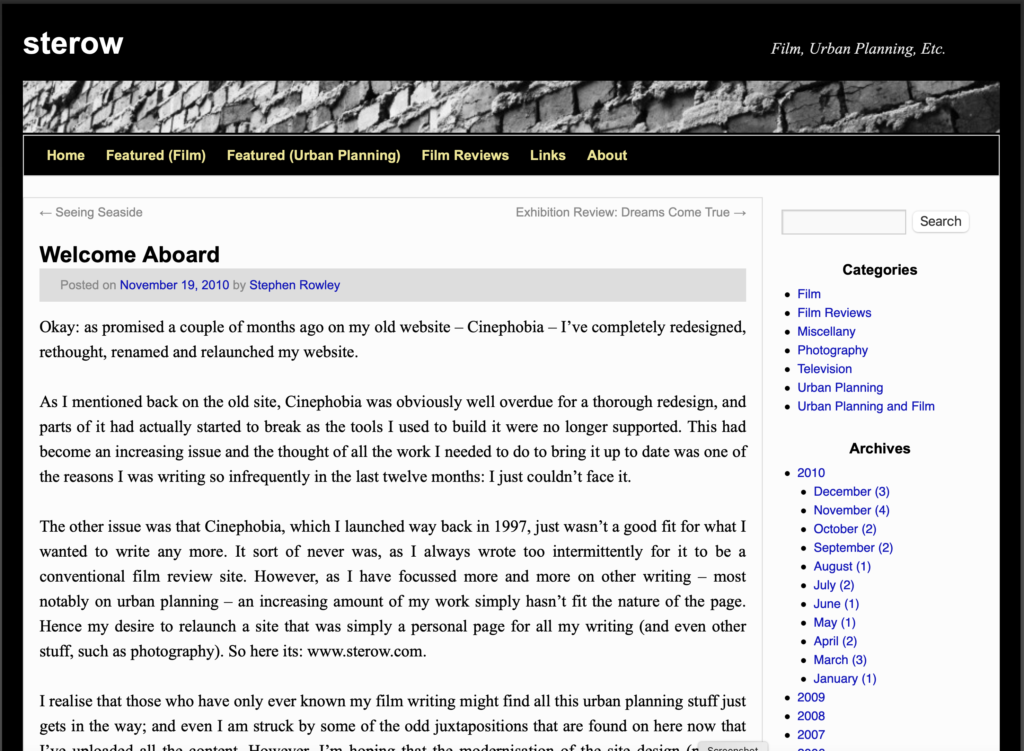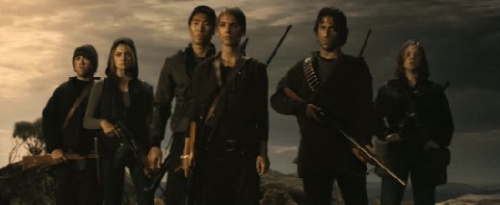Dreams Come True (ACMI, 18 November 2010 – Tuesday 26 April 2011)
 When putting together a museum exhibition I guess one of the key questions is: “who is the audience here?” When reviewing an exhibition, that question might even be more critical.
When putting together a museum exhibition I guess one of the key questions is: “who is the audience here?” When reviewing an exhibition, that question might even be more critical.
I have written a previous grumpy review of an exhibition at ACMI (about their Setting the Scene exhibition) and at the time raised the issue that maybe part of the problem was that I wasn’t the intended audience. In that case, I was actually too interested in the subject matter: if an exhibition is pitched at a general audience, someone very caught up in the subject is perhaps inevitably going to judge the material harshly. ACMI’s latest, the Dreams Come True exhibition of fairy-tale themed Disney material, also covers material I’m particularly interested in. So, once again, I have to flag that perhaps I’m a little too close to this to give the exhibition a completely fair go.







